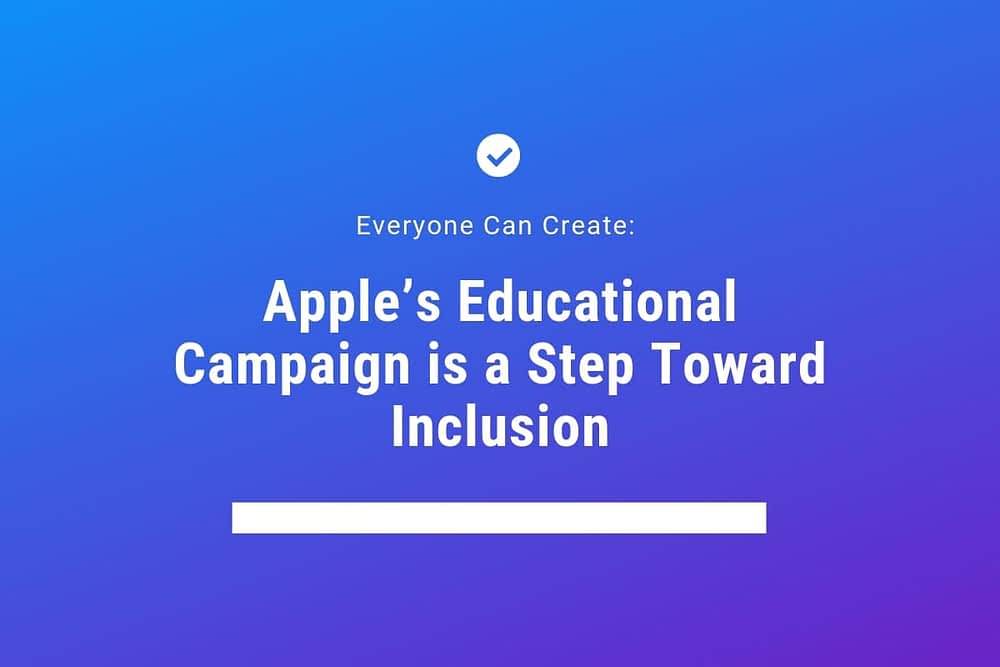
We can actually help in student engagement, in creativity…It does matter.
Phil Schiller, Apple’s worldwide marketing chief
After two years of promoting its “Everyone Can Code” campaign that pushed for incorporating STEM and especially coding into schools’ learning objectives and curricula, Apple has shifted its focus to the notion that “Everyone Can Create.” Through a set of downloadable project guides, students and teachers can learn to use Apple’s free apps like iMovie and GarageBand in the classroom to strengthen students’ creative skills.
“Designed with the help of educators and creative professionals, Everyone Can Create project guides introduce the language, fundamental skills and techniques of video, photography, music, and drawing. Students will use free apps available on any iPad, like Clips and GarageBand, taking advantage of the built-in camera, microphone, speakers, Multi-Touch display, and support for Apple Pencil. The collection also offers a project guide to help teachers infuse these skills into the subjects they teach every day.”
-“Everyone Can Create,” Apple website
The notion that “Everyone Can Create” and “Everyone Can Code” is an important one for promoting inclusion. For students who have a learning disability or other special needs, technology opens a door to opportunities they might not have otherwise had. A student who has difficulty with fine motor skills, for example, can make music through GarageBand that he or she might not be able to make on a piano or a guitar.
In their article, “Apple’s got a new plan to bring creativity (and more iPads) to schools,” Connie Guglielmo and Shara Tibken discuss the implications of bringing more iPads into the classroom to enhance learning. Though they point out the fact that a significant motive behind Apple promoting creativity in school is to promote their products and company and that cost could deter some schools from adopting their campaign, most reviews and responses to the campaign were positive. Many teachers, including those who teach math and science, incorporate drawing, photography, writing, and film into their curriculum.
Incorporating creativity and technology into the classroom benefits all students. All students build their creative skills, and students with special needs get the opportunity to learn and grow alongside their peers. According to Apple, this campaign will help students develop the creative skills to “become better problem solvers, communicators, and collaborators.” We hope that these project guides also support teachers and students in creating and implementing inclusion in the classroom.
